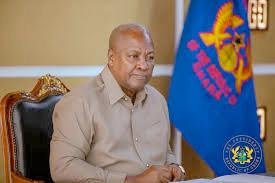Profile
Victor Kuutuome — the “Clay Doctor” causing a stare with sculpture
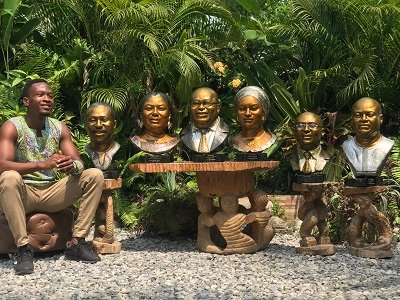
Has anyone ever tried drawing or painting a piece of art but the work turns out not to be anywhere close to what one had intended to portray?
That could be embarrassing sometimes and it would be most appropriate to ‘hide’ the supposed artwork or risk being mocked by their peers or even competitors.
However, that is not the case of young Victor Kuutuome. He falls in the category of persons who are meticulous about their craft and he produces marvelous works deserving commendation.
With barely three years in the Arts and Sculpture industry, his handiwork has become a huge attraction to many art enthusiasts.
Victor, 29, is a final year student of University of Education, Winneba. At the time of this interview, he was on a teaching internship in one of the schools in his locality.
He had studied Visual Arts at T.I. Ahmadiyya Secondary School in the Central Region in 2009 but financial constraints did not permit him to gain admission to the university the following year.
For eight years, he worked as an apprentice to a roadside artist before gaining admission finally to the university in 2017 to polish his skills in Sculpture and Graphic Design.
The sculptor, now popularly called “Clay Doctor” interacting with The Spectator about his recent works and future prospects, said he had wanted to abandon the course as he did not have initial interest in the field.
“I had wanted to study ceramics but one of my friends suggested we try something new so I settled on sculpture. I was completely lost during our first lesson because I did not have any prior knowledge in this area,” he narrated.
Nonetheless, he soon acquainted himself with the programme and had presented his first practical work which was rated highest among that of his compatriots in class.
As his interest in the craft grew further, Victor said he decided to understudy one of his lecturers at the Art Department who became his mentor.
“My lecturer [Dr. Thouphilus Kwesi Mensah] who was already a sculptor was impressed with my works and agreed that I work with him. His words of encouragement throughout the period pushed me to keep learning,” he noted.
Barring any unforeseen circumstance, Victor would graduate in a few months from today but he had already designed beautiful statues, depicting a host of personalities including popular footballer, Asamoah Gyan, President Akufo-Addo, Vice President Mahamudu Bawumia, and their spouses.
Others include well known musicians such as Stonebwoy, Shatta Wale, and Sarkodie which had gone viral in the early part of 2020.
His recent Akufo-Addo–Bawumia project which he calls “The Grace” had received positive feedback and he was looking forward to an opportunity to present the sculptures to the first gentleman of the land and his able deputy soon.
Touching on the various aspects of his work, Victor said he was able to “visualise the final outlook of any project before it started, adding that he had become engrossed in sculpture to the extent of diverting part of his school fees last year into completing one of his projects.
The man who hails from Nandom in the Upper West Region said he now found gratification in sculpture and believes “hardwork and passion” had contributed to his progress over the years.
“I enjoy giving a helping hand to others and the more I impart knowledge, the more I learn,” he said.
Victor indicated that a number of local and international clients had expressed interest and were “willing to pay good money” ever since his works began receiving public attention.
He said the craft, though exciting, came with some challenges and it took about one to three months to complete a project. However, there were others that could be done in two days.
“In addition to clay which is the main component, we use some chemicals also to enhance the final outlook but some of the chemicals could be harmful.
“Some people had gone blind due to exposure to some of the chemical so we take extra precaution when working with it,” he added.
Last year, Victor and six of his other colleagues were supposed to work on a project for their university but it was truncated due to the lockdown and subsequent closure of schools.
Obama, as others prefer to call him, wants to pursue a Masters Programme in sculpture right after school and consider lecturing in future as well.
While admitting that a section of the public were beginning to understand that statues were “not meant for the dead alone,” he said he was focused on improving the quality of his works and not seeking to compete with anybody.
“Sculpture is the father of art hence producing a statue of someone is an act of immortalising the person. We all will die someday but a sculpture will make the person be remembered forever,” he noted.
According to him, “some individuals now presented statue to their loved ones as a form appreciation but there is still the need for sensitisation while the government provides the needed support for the art and culture industry.”
Victor said he did not “expect a lot of things to happen so soon” and much of his gratitude goes to his mentor and lecturer, Dr Mensah.
The “Clay Doctor,” got his name when he wore a white overcoat to lectures. A friend had teased him briefly for appearing “too decent” to be working with clay and that nickname has since become his brand name.”
Apart from his day’s job, he has a miniature studio at home where he does most of his work anytime he receives orders.
By Ernest Nutsugah
Profile
Albert Litela Obidiaba: The artist who wove Ghana’s soul into the King’s Baton
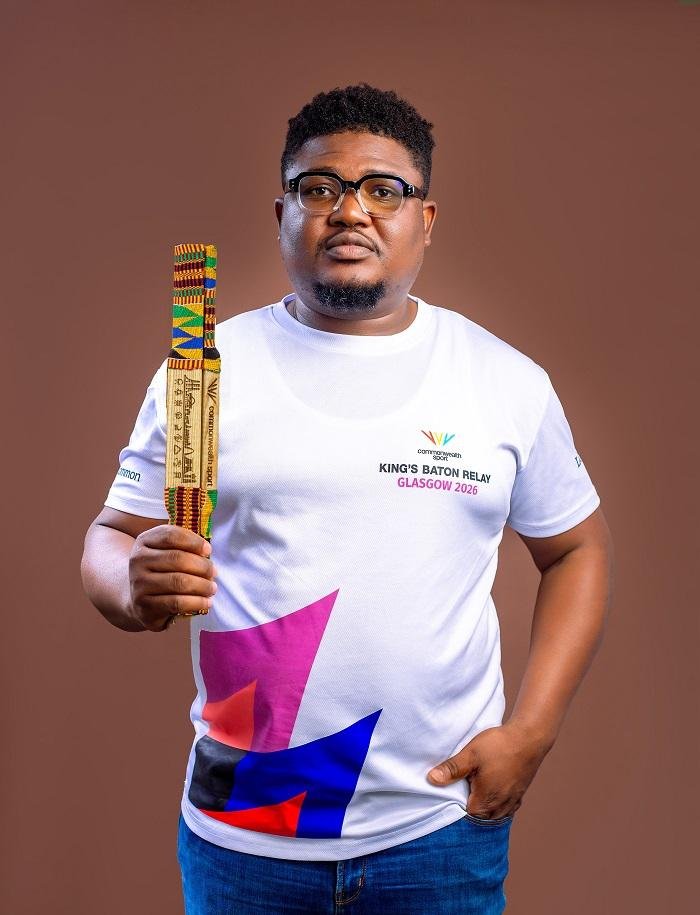
When the world’s eyes turn to the King’s Baton on its global journey, one of Ghana’s most profound artistic stories travels with it. It will be a story of creativity, culture, and national pride crafted by Albert Litela Obidiaba.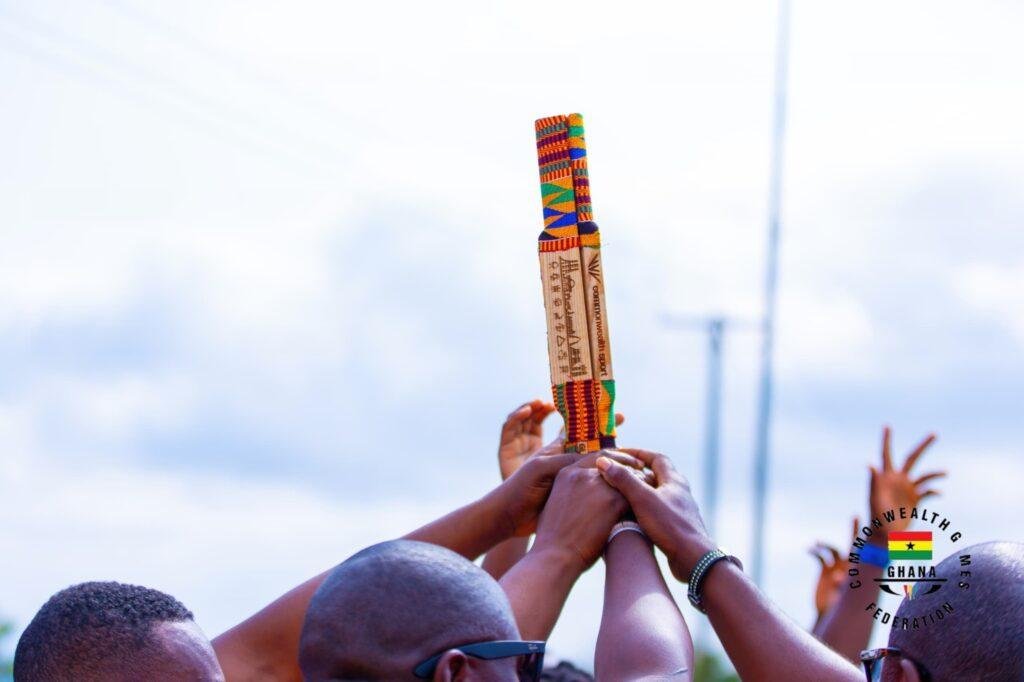
From the quiet town of Old Baika in the Oti Region, Albert’s journey as an artist has always been about telling stories. It is not just through words, but through symbols, textures, and meaning.
“From a young age, I was drawn to the power of art, knowing how colours and textures can capture not just emotion but culture and identity,” he recalls.
Today, his name has become synonymous with innovation rooted in traditional bridge between Ghana’s past and its global creative future.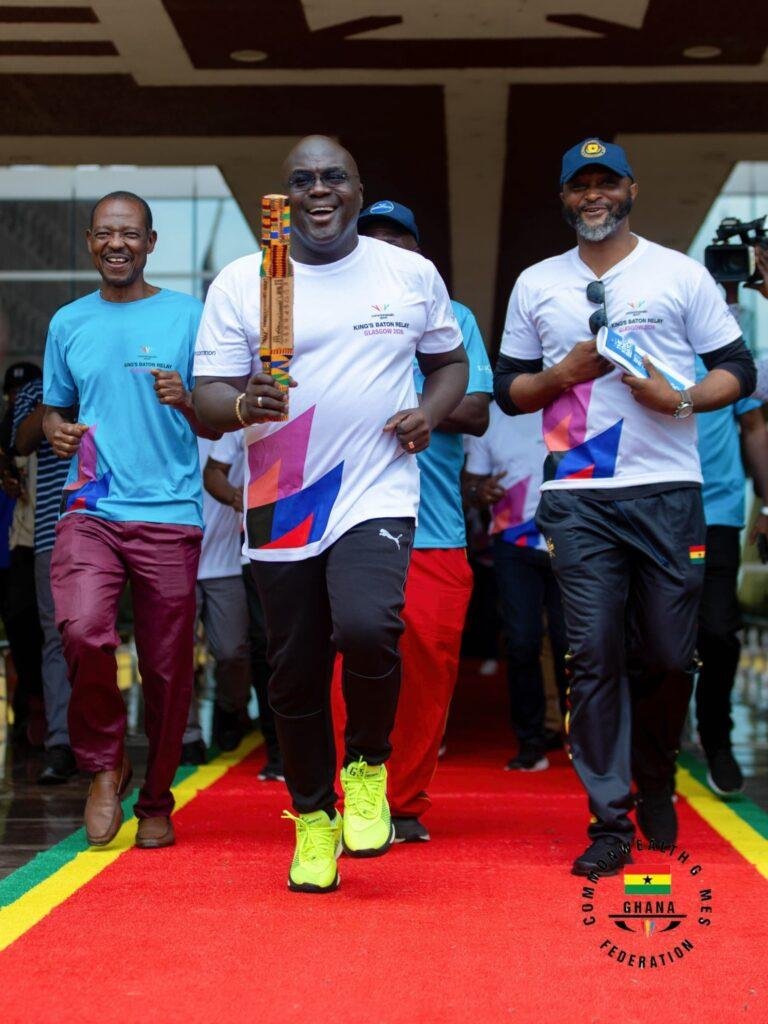
Albert’s love for art was born from curiosity. Surrounded by the vibrancy of Ghanaian culture; the patterns of kente, the stories behind Adinkra symbols, and the textures of daily life, he began sketching and crafting early on.
“Simple things told deep stories,” he says. “That fascinated me.”
As he matured, his art evolved into a personal mission to preserve and reinterpret Ghana’s heritage for a modern audience. His style reflects a seamless blend of culture and contemporary design, each piece a narrative of unity, history, and pride.
“I see art as storytelling through form and symbolism, it should feel rooted in purpose yet speak to today’s world,” he explains.
When the call came to design Ghana’s version of the King’s Baton, Albert saw it as both a national duty and a creative calling.
Recommended by mentors like Mr Charles Osei Asibey, who trusted his talent and understanding of Ghanaian symbolism, he embraced the project wholeheartedly.
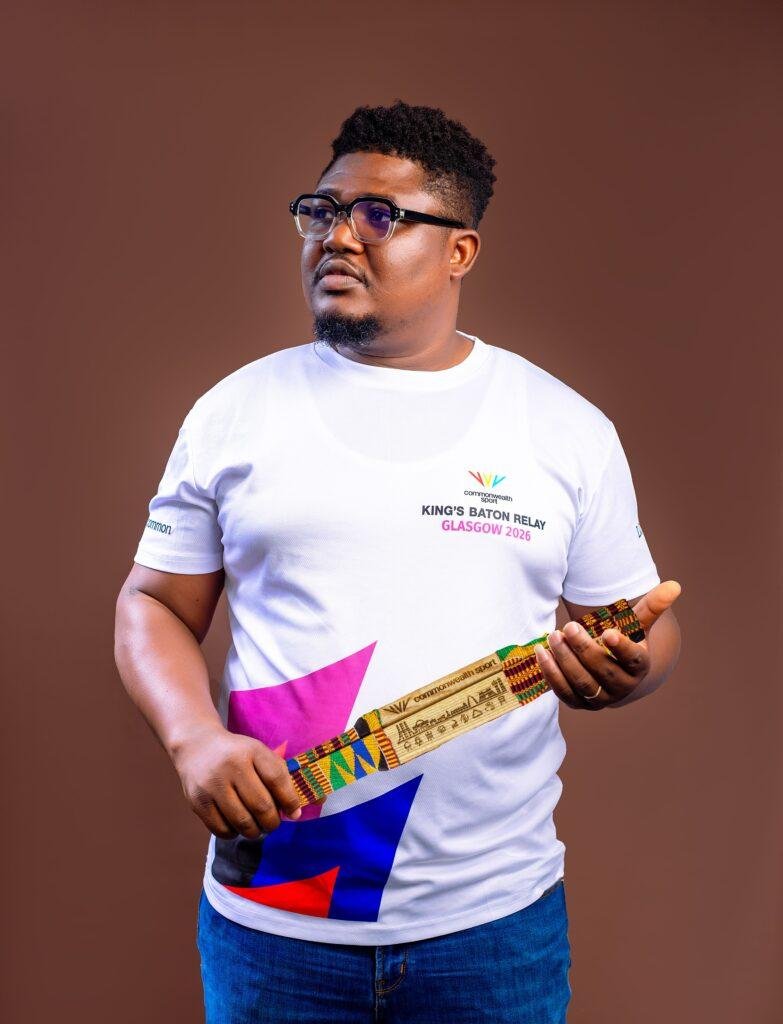
His vision was clear; to create a piece that would embody unity, pride, and the enduring spirit of Ghana.
Drawing from traditional motifs, he integrated textures inspired by kente weaving, representing hard work, continuity, and creativity. The golden tones symbolise strength and dignity, while the contours and natural motifs mirror Ghana’s landscapes and people.
“The King’s Baton had to tell our story of who we are, what we value, and how we see the world, it is more than art, it is identity in motion,” he said.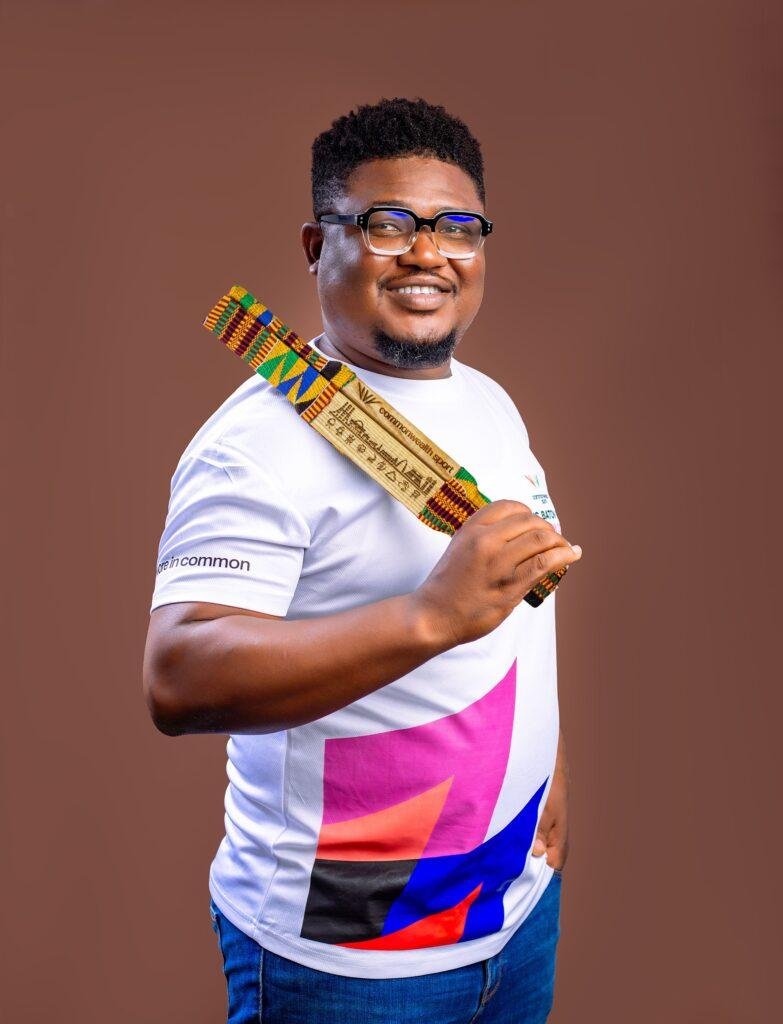
Every etch, every pattern carries meaning. From concept to completion, the entire process took three intense weeks which were filled with research, design sketches, consultation, and collaboration with skilled artisans.
“It was days and nights of work, but a lifetime of meaning,” he says with quiet pride.
Creating a design that represents all of Ghana’s diverse cultures was no small feat. Albert had to balance aesthetics, authenticity, and technology thereby using sustainable wood, carefully treated and certified, to reflect the nation’s commitment to nature and preservation.
“It wasn’t easy finding the right mix,” he admits. “But those challenges pushed me to think deeper. They made the final piece stronger — both artistically and symbolically.”
For Albert, Ghanaian culture is both muse and message. His works echo the values of unity, strength, persistence, and wisdom, drawn from Ghana’s traditions.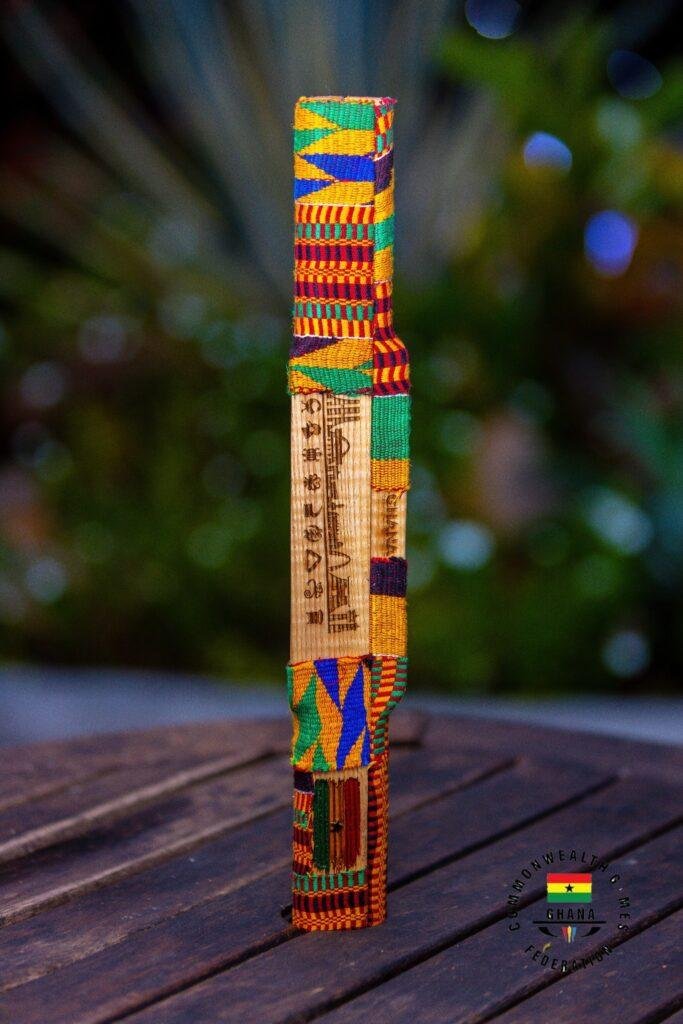
“Art preserves who we are and every line and symbol tells a story of belonging,” he said, and believes art is one of the most powerful tools for building national pride.
Designing the King’s Baton has been a defining moment in his creative journey and that it deepened his appreciation for cultural storytelling. “It taught me that creativity is also a form of service,” he said.
The experience has opened new professional doors, but more importantly, it gave him a renewed sense of purpose making him embrace a call to national duty.
“My soul will be glad even after my days on earth are over,” he said beaming with smiles.
Beyond the King’s Baton, Albert has worked on numerous projects celebrating Ghanaian identity through contemporary art and design. His ongoing works explore symbolism and heritage in new forms which includes blending materials, stories, and styles from across Ghana’s regions.
He is currently preparing projects that continue the conversation the baton began. They are about unity, creativity, and Africa’s evolving artistic voice.
To young artists aspiring to make their mark, Albert’s advice is for them to believe deeply in their craft and that the world is always looking for authenticity “which comes from knowing who you are and where you come from.”
On how he wants to be remembered, he said, “I want to be remembered as an artist who used creativity to celebrate culture and connect people. If my name is remembered as the one who designed Ghana’s version of the King’s Baton, that will be enough, because it means I carried Ghana in my hands, and shared her with the world.”
By Esinam Jemima Kuatsinu
Join our WhatsApp Channel now!
https://whatsapp.com/channel/0029VbBElzjInlqHhl1aTU27
Profile
Survival to service: Margaret Odame Donkor the breast cancer preacher
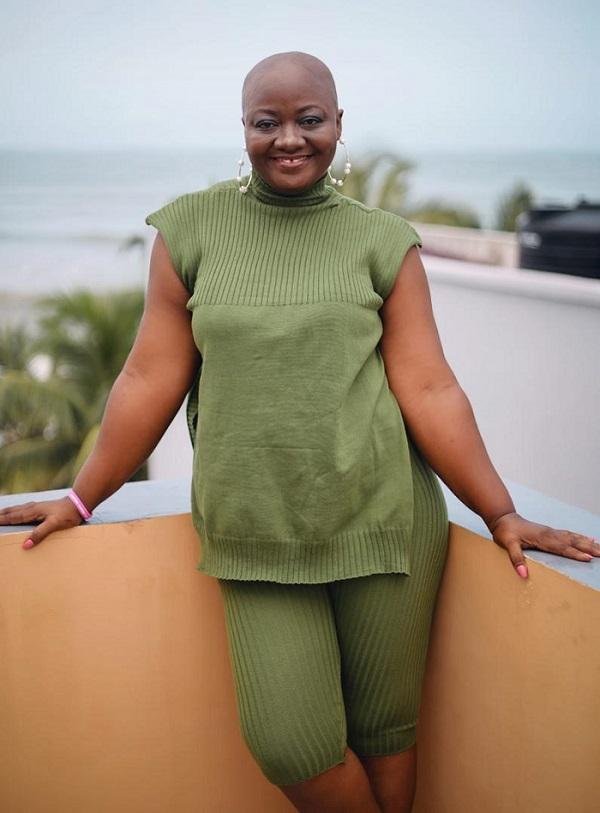
A ‘trotro’ bus heading to Nsawam was filled with the usual sounds from conversations, music, and sometimes a preacher delivering a message.
But when Margaret Odame Donkor rises to speak, she does not preach salvation or sell herbal remedies. Instead, she shares her journey as a breast cancer survivor, urging passengers to examine their breasts regularly, seek medical help early, and never lose hope.
Her pulpit is not a church, but the crowded minibuses of Ghana’s public transport system. Her message is not about repentance, but about survival.
She urges women to check their breasts regularly, encourages men to support their wives during health challenges, and reassures everyone listening that a cancer diagnosis is not the end of life.
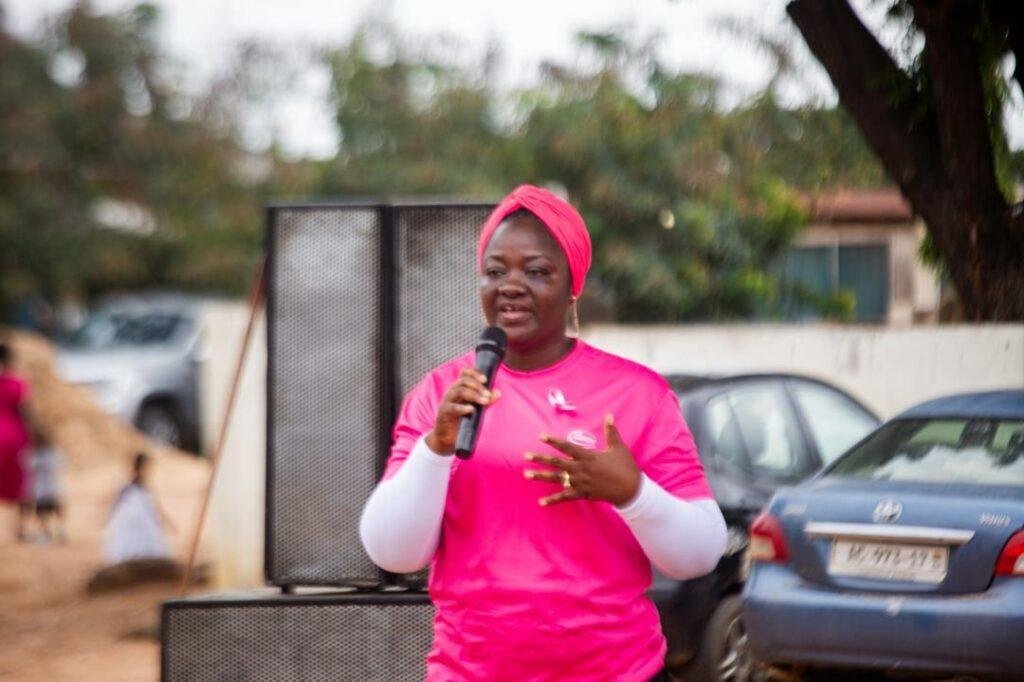
For Margaret, creating awareness is more than a duty-it is a calling born out of personal pain, fear, and triumph.
Her words carried weight because they come from lived experience.
At age 48, Margaret has walked through the valley of fear and pain, battled stage three invasive carcinoma, and emerged not just a survivor but an advocate determined to educate others.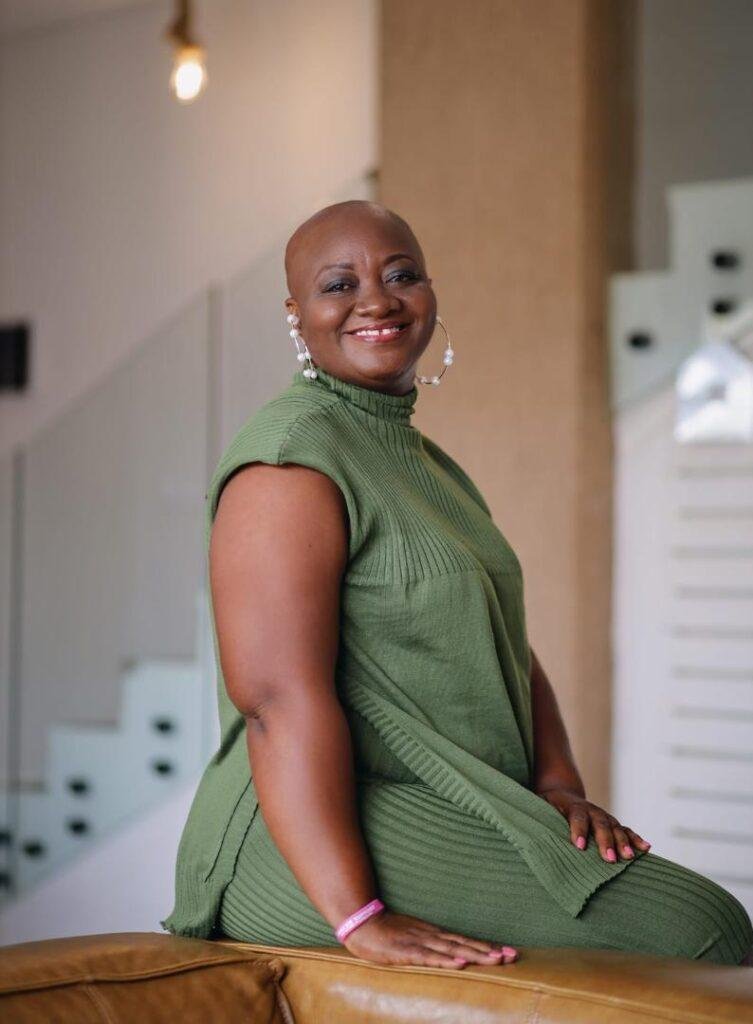
Cancer journey
Margaret’s encounter with breast cancer stretches back decades. At 22, she discovered a lump in her left breast. It was removed and declared benign. Relieved, she skipped regular checks and moved on. Then in 2021, the lump reappeared—this time spreading toward her armpit.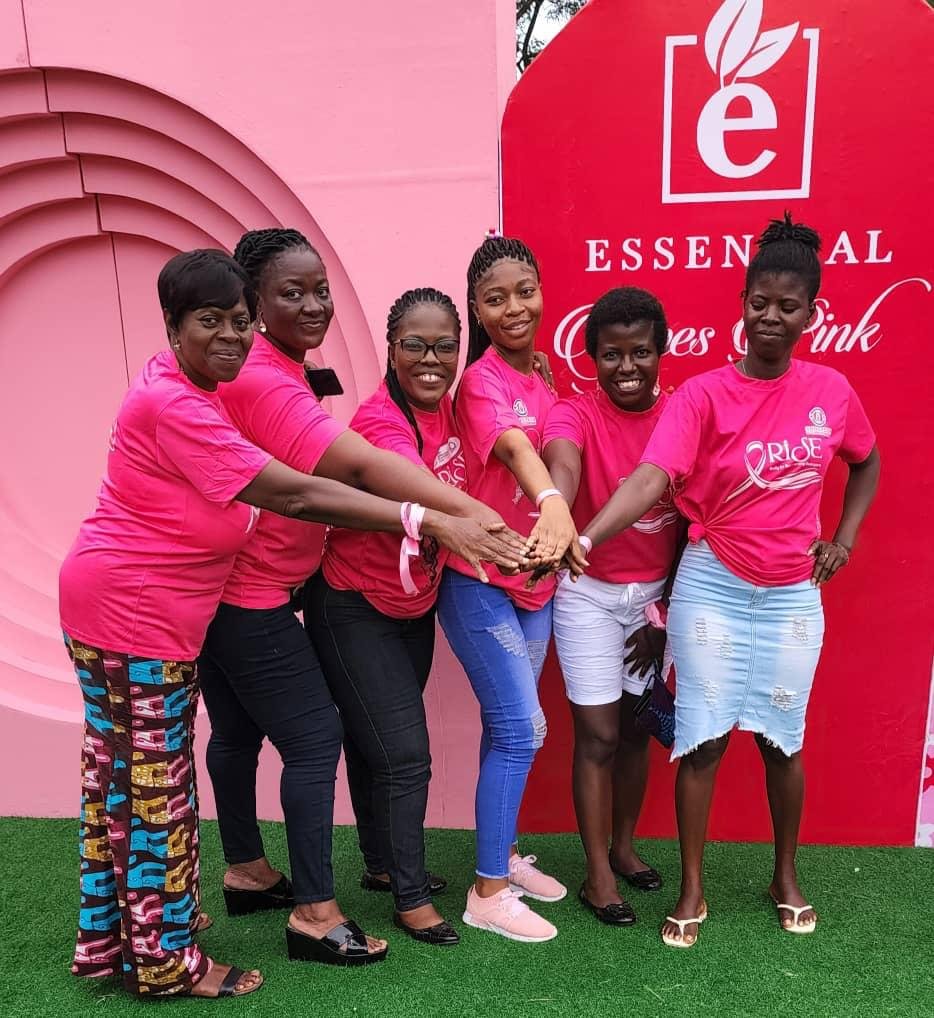
At a church screening in October 2022, doctors detected suspicious lymph nodes. Further tests confirmed her worst fear: stage three invasive carcinoma.
“It wasn’t easy,” she recalls softly. “But my faith in God kept me strong. My husband, children, family, friends, and colleagues formed an army behind me. Their prayers, visits, and encouragement gave me the courage to fight.”
“Be grateful every day because you never know what tomorrow may bring. No one has it all, but with love and support, you can endure,” she stated.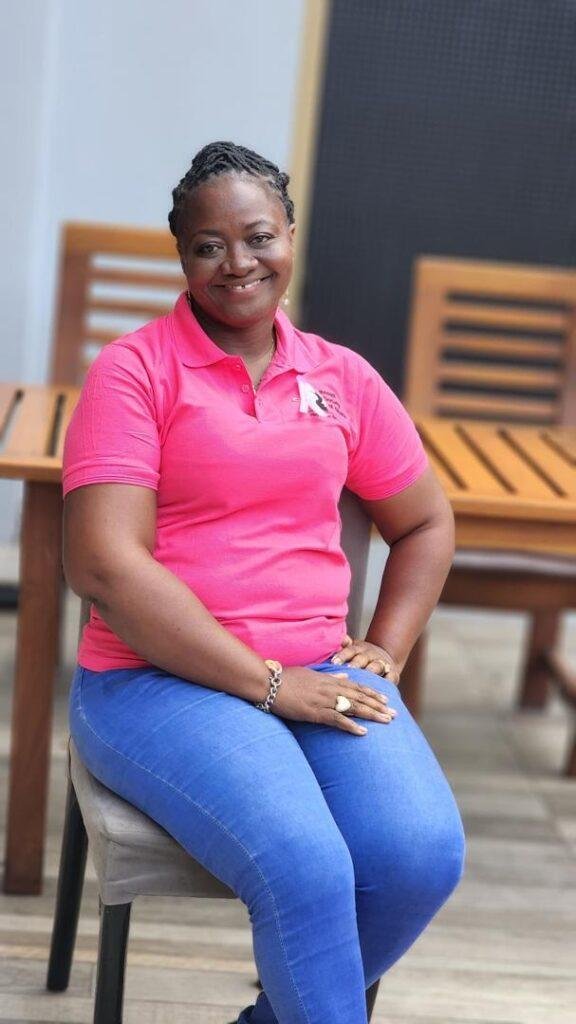
Her greatest fear remains recurrence and not living long enough to see her children graduate and become the people she dreams for them to be.
Before cancer disrupted her life, Margaret had found purpose in interpretation. In 2020, a friend spotted a Judicial Service vacancy and encouraged her to apply. After years of unsuccessful attempts at government jobs, she was reluctant, but she tried once more. This time, she succeeded and was posted to the Eastern Region, her home.
Today, she works at the Nsawam District Court, one of the busiest in the area. On a typical day, she arrives at 7:30am, prepares dockets, and confers with magistrates. She interprets proceedings in Twi, Ga, Hausa, and occasionally Ewe, ensuring that justice was accessible to all.
Her role is demanding. Cross-examinations require her to switch quickly between English and local dialects, while marriages often call for interpreting vows in couples’ preferred languages. Still, she thrives. “The registrars and magistrates I’ve worked with have been amazing. They make the environment very comfortable,” she stated.
Beyond the courtroom, Margaret is also an entrepreneur. In 2017, she founded Nubreed Décor, an events decoration business born from her childhood love for beautifying spaces. She recalls cutting paper decorations as a child and helping her cousin rent out chairs and decorate venues.
Balancing décor with court work was tough, and her health struggles after surgery made it even harder. Radiation left her with persistent rib pain, forcing her to slow down. “Now I hire more hands, which makes business expensive, but it helps me achieve my goals,” she explained.
Her biggest challenge as an entrepreneur remains finance. “The event industry is huge, but I have to work at my own pace and focus on my niche,” she admited.
Cancer changed how Margaret values people and relationships. She learned that those you least expect often become your strongest supporters. She urges families to stand by patients with prayers, encouragement, and financial support, reminding society that a cancer diagnosis is not the end of life.
Her advocacy extends beyond awareness talks. She dreams of establishing a counselling centre for young people and hopes Ghana will expand access to mammograms and radiotherapy centres. “Every patient deserves a chance at survival,” she said firmly.
She urged the youth to live peacefully and be their brother’s keeper, learn to be content and rely on God.
To women, she asserted that, “love yourselves and make breast checks routine while calling on Ghanaians to be open-minded, avoid being judgmental, and show love.
By Esinam Jemima Kuatsinu

 Profile6 days ago
Profile6 days agoAlbert Litela Obidiaba: The artist who wove Ghana’s soul into the King’s Baton

 News6 days ago
News6 days agoDaddy Lumba’s wife, children run to court to injunct December 6 funeral arrangements

 News1 week ago
News1 week agoPresident Mahama to meet Auditor-General, Chief Justice and Attorney-General over misuse of public funds





